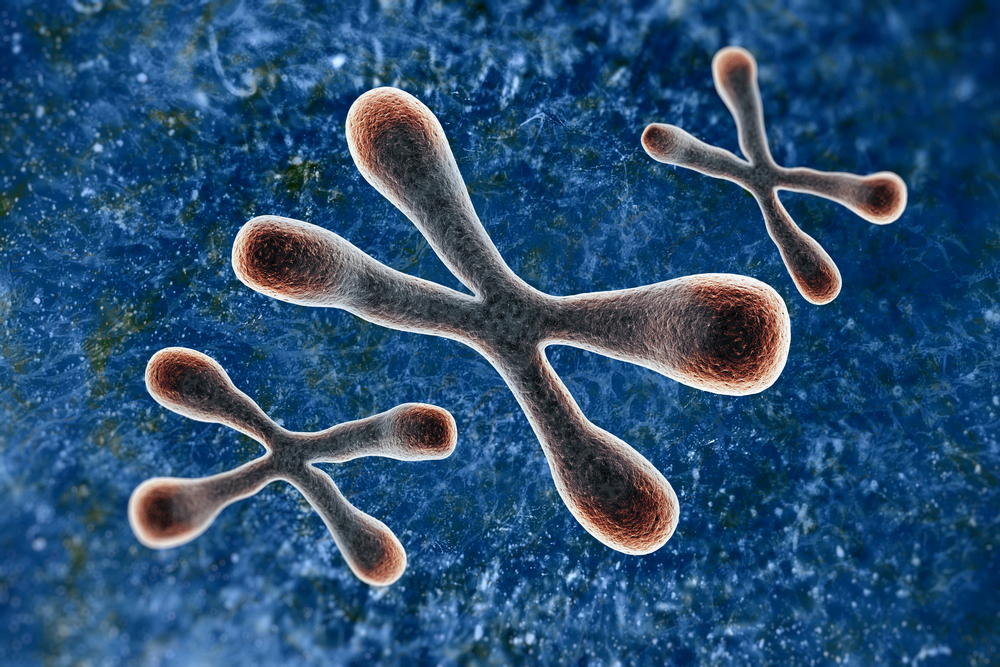Sarcoidosis Risk Higher in Families with Disease History, Study Reports

The risk of sarcoidosis is higher in families with a history of the disease, according to researchers from Karolinska Institute in Stockholm, Sweden.
The study reporting the findings is titled “Familial Aggregation and Heritability of Sarcoidosis: A Swedish Nested Case-Control Study,” and was published in the European Respiratory Journal.
Genetic and environmental factors are thought to play a significant role in the development of sarcoidosis — the clustering of immune cells in different tissues and organs due to a nonspecific immunological response. However, how much a person’s susceptibility to sarcoidosis is caused by genetic factors is uncertain.
According to the research team, studies have attempted to understand the familial nature of sarcoidosis, but the lack of proper controls and the use of questionnaires to identify relatives introduced bias in the results.
So, to better understand the hereditary nature of sarcoidosis, Karolinska researchers looked at data spanning three generations of Swedish patients, whose information was available through the country’s National Patient Register (NPR) from the years 1964 to 2013.
Sweden has a large publicly funded universal healthcare system. Therefore, it is mandatory to maintain patient data on the NPR, a large repository for patient information.
The study included patients who were hospitalized at least once or visited the hospital at least twice for an event related to sarcoidosis. The patient identified as the starting point to track hereditary sarcoidosis within a family is called the proband.
Also, the relatives of probands were identified using the Swedish multi-generation register (MGR) — a registry of the parents of people born starting in 1932. To avoid ethnicity differences, the study included only participants born in Sweden.
Researchers identified the parents, full siblings, and children of the probands as being first-degree relatives, while half-siblings were considered second-degree relatives.
A total of 23,880 proband participants with prevalent sarcoidosis (average age of 50), and a non-sarcoidosis control group of 171,891 individuals from the general population were included in the study.
Researchers used a statistical measure called the relative familial risk (RR) to indicate the relative risk of developing the disease associated with having a family member with active disease regardless of the degree of the relationship.
The team found that the RR associated with having at least one first-degree family member with sarcoidosis was 3.73, meaning a risk 3.73 times higher of developing the disease. The RR value increased to 4.69 if at least two first-degree family members were identified as having sarcoidosis.
Simply put, the relative risk of developing sarcoidosis increased almost four times by having a first-degree relative with the disease, indicating that familial risk is a strong factor in the development of sarcoidosis.
In addition, a subset of participants with Lofgren’s syndrome — an acute form of sarcoidosis — was also found to have a strong familial association (relative risk of 4.14).
Among those studied, there was a 39 percent chance of inheriting the disease, suggesting that environmental factors also play an important role in the development of sarcoidosis.
“This large investigation showed that having a relative with sarcoidosis is a very strong risk factor for the disease,” the researchers wrote. “Genetic variation is an important, albeit partial, contributing factor to the risk for sarcoidosis.”
“Future research efforts should focus on identifying environmental agents implicated in the etiology of sarcoidosis and unidentified genetic factors,” the team added.






